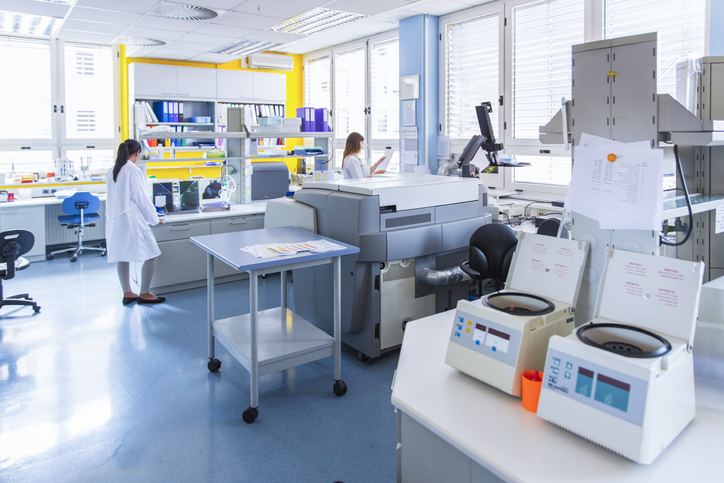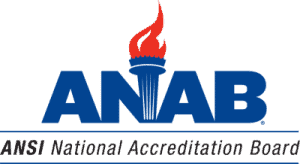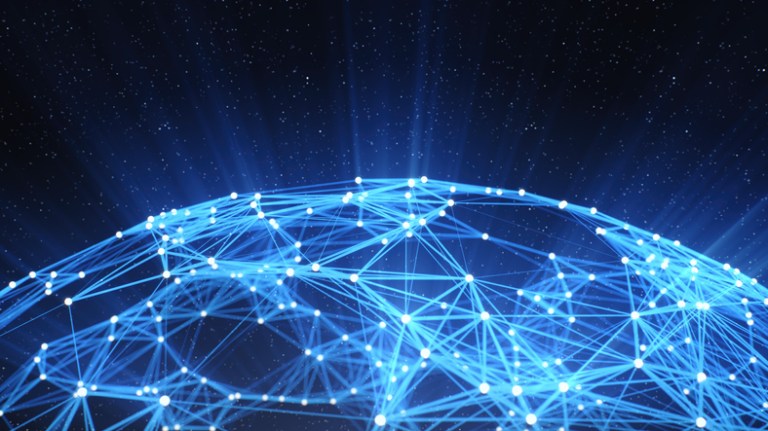Impact of the ISO/IEC 17025:2017 Transition, Part 3

This is our third post about the transition to ISO/IEC 17025:2017, General requirements for the competence of testing and calibration laboratories, the global reference for laboratories carrying out calibration and testing activities.
In our two previous posts on this topic, we provided an overview of the ISO/IEC 17025:2017 standard and discussed clauses 3 through 5 of ISO/IEC 17025, covering terms and definitions, general requirements, and structural requirements. This time, the focus is on resource requirements.
ISO/IEC 17025:2017 Clause 6 – Resource Requirements
ISO/IEC 17025:2017 requires the laboratory to have available personnel, facilities, equipment, systems, and support services necessary to manage and perform its activities.
All internal or external personnel who could influence the results of laboratory activities are expected to be competent and act impartially. This applies not only to personnel who are directly involved in testing, calibration, and/or sampling activities, but also those indirectly involved, such as administrative and technical personnel. This may include personnel who perform maintenance or calibration of equipment or purchasing personnel who evaluate suppliers and order supplies.
The documented competence requirements include education, qualification, training, technical knowledge, skills, and experience. The laboratory is to ensure that personnel have the competence to perform activities for which they are responsible and to evaluate the significance of deviations.
In addition, procedures and records for selection, training, supervision, authorization, and monitoring of competence of personnel are expected. The standard also defines the expectations for authorizations of personnel to perform specific laboratory activities. Method development and validation, result analysis, and reviewing results are identified as necessary authorizations.
Facilities and environmental conditions are expected to be suitable for laboratory activities. These requirements are to be documented, including the conditions related to monitoring, controlling, and recording environmental conditions when there is an impact on the validity of results. These requirements are restructured with little change to the intent of the previous version of the standard. When the laboratory performs activities at sites or facilities outside its control, it is required to ensure that the requirements of the standard related to facilities and environmental conditions are met.
The laboratory is required to have access to equipment (including but not limited to measuring instruments, software, measurement standards, reference materials, reference data, reagents, consumables, and support equipment) that is required for correct performance of laboratory activities and can influence the results. When the laboratory uses equipment outside its permanent control, such as at a client’s facility or a university, the laboratory is to ensure that the requirements for equipment are met.
A procedure for handling, transport, storage, use, and planned maintenance of equipment is required. The equipment used for measurement is expected to achieve the required measurement accuracy or measurement uncertainty.
Clause 6.4.1, note 1, states, “A multitude of names exist for reference materials and certified reference materials, including reference standards, calibration standards, standard reference materials and quality control materials. ISO 17034 contains additional information on reference material producers (RMPs). RMPs that meet the requirements of ISO 17034 are considered competent. Reference materials from RMPs meeting the requirements of ISO 17034 are provided with a product information sheet/certificate that specifies, amongst other characteristics, homogeneity and stability for specified properties and, for certified reference materials, specified properties with certified values, their associated measurement uncertainty and metrological traceability.”
The standard provides greater clarity to metrological traceability. Instead of defining metrological traceability in terms of calibration and testing separately, it contains guidance on how to establish and demonstrate metrological traceability in clause 6.5 and an informative Annex A.
“Externally provided products and services” translates to control of suppliers of critical supplies and services and to subcontractors of tests and calibrations. This includes purchasing and receiving activities, communicating the necessary information on purchase orders, and verifying the products or services received match what was purchased (i.e., incoming inspection). The extent of control includes whatever is necessary to ensure the products or services provided conform to requirements.
Examples of controls to place on suppliers include:
- Incoming inspection
- Supplier audits
- Supplier performance evaluation
- Site visits
The laboratory also must evaluate supplier performance on an ongoing basis and define the criteria for selecting suppliers. This information and any activities resulting from evaluations must be documented. For example, if 99% on-time delivery is a criterion for supplier selection and a supplier performs at 80%, action must be taken, such as selecting a new supplier or working with the supplier on corrective action to improve on-time delivery. Other criteria for supplier selection can include requirements for price, quality, or ISO accreditation (such as ISO/IEC 17025 for subcontracted tests or calibrations, ISO/IEC 17043 for PT providers, or ISO 17034 for certified reference material producers).
The process requirements contained in clause 7 of ISO/IEC 17025:2017 will be the topic of the next post in this series.
Get Your Laboratory Accredited to ISO/IEC 17025
If you are interested in moving your organization toward global recognition, consistent operations, and a competitive advantage, you can learn more about ANAB ISO/IEC 17025 Laboratory Accreditation here.






